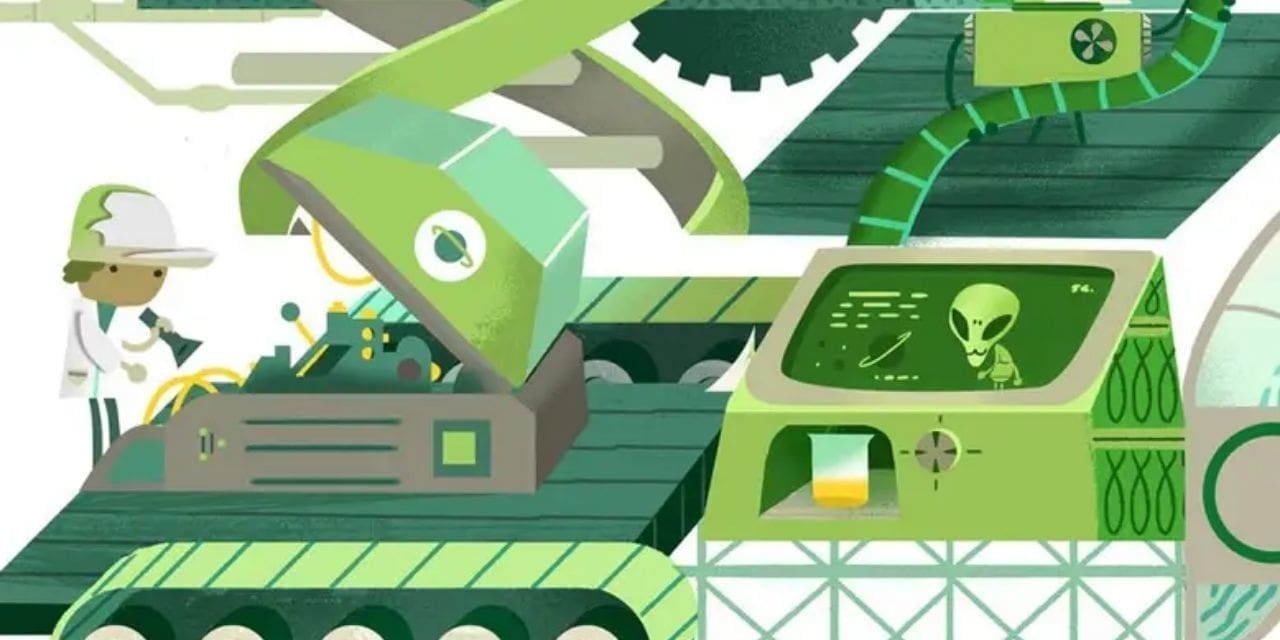Perhaps the most storied aspect of modern chemistry is total synthesis. This is the craft of taking simple molecules and stitching them together to make some complex molecule. It is the way many drugs have been discovered and it is seen almost as an art form. Synthetic chemists spend hours in the lab, mixing, stirring and purifying.
These days, though, chemists are beginning to think that the legwork could be automated, allowing us to quickly make large libraries of new molecules and test their properties. To this end, Andy Cooper at the University of Liverpool, UK, and his team have built a robot chemist. So far, they have used it to make molecules that could act as catalysts to speed up the production of hydrogen from water using sunlight. The robot then tests the performance of each potential catalyst. But it could be used to make and screen all kinds of chemicals.
Tech multinational IBM is also experimenting with automation. Its RoboRXN kits use a machine-learning algorithm to help design the synthesis of molecules, working from a training database of 3 million chemical reactions. Alessandra Toniato at IBM’s research centre in Zurich, Switzerland, says the approach could be helpful for people who want to make new molecules but lack the equipment. “It can be used by students, maybe, to mean they have access to chemistry that they might not have in university,” she says.
Lee Cronin at the University of Glasgow, UK, has the more ambitious plan of automating chemistry to the point where anyone can do it. The vision is for a sort of 3D printer for molecules. …

